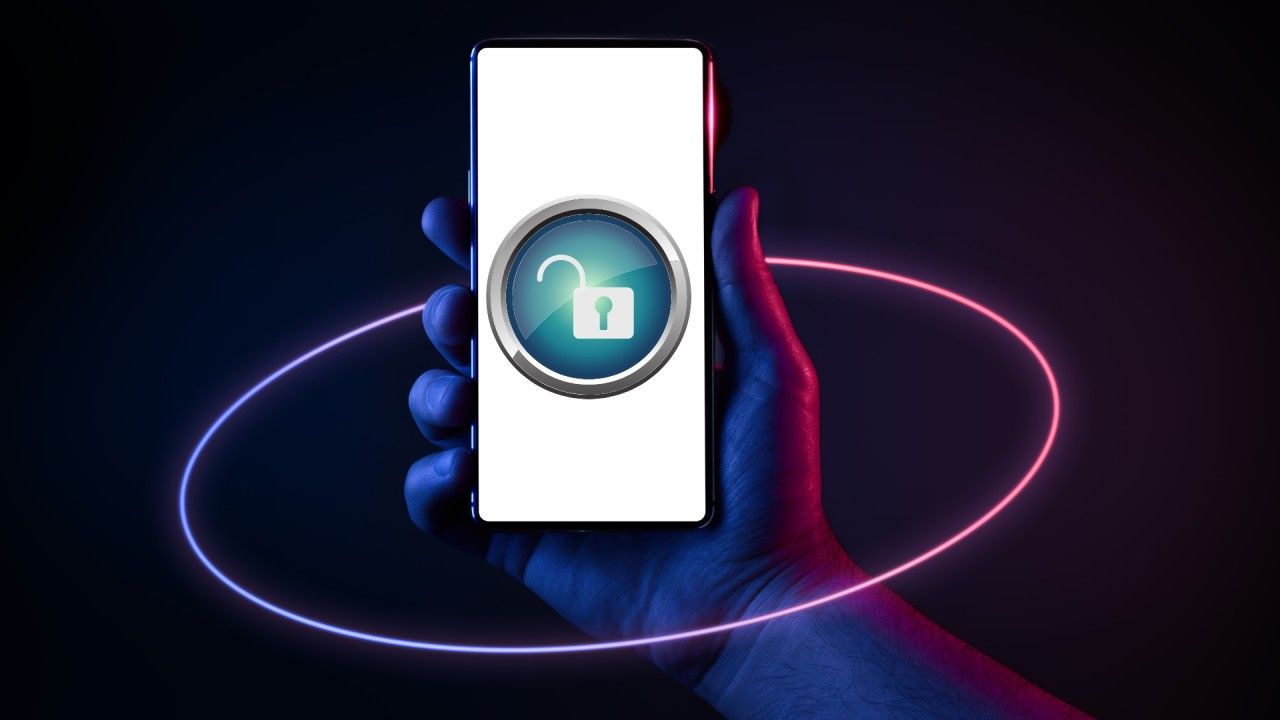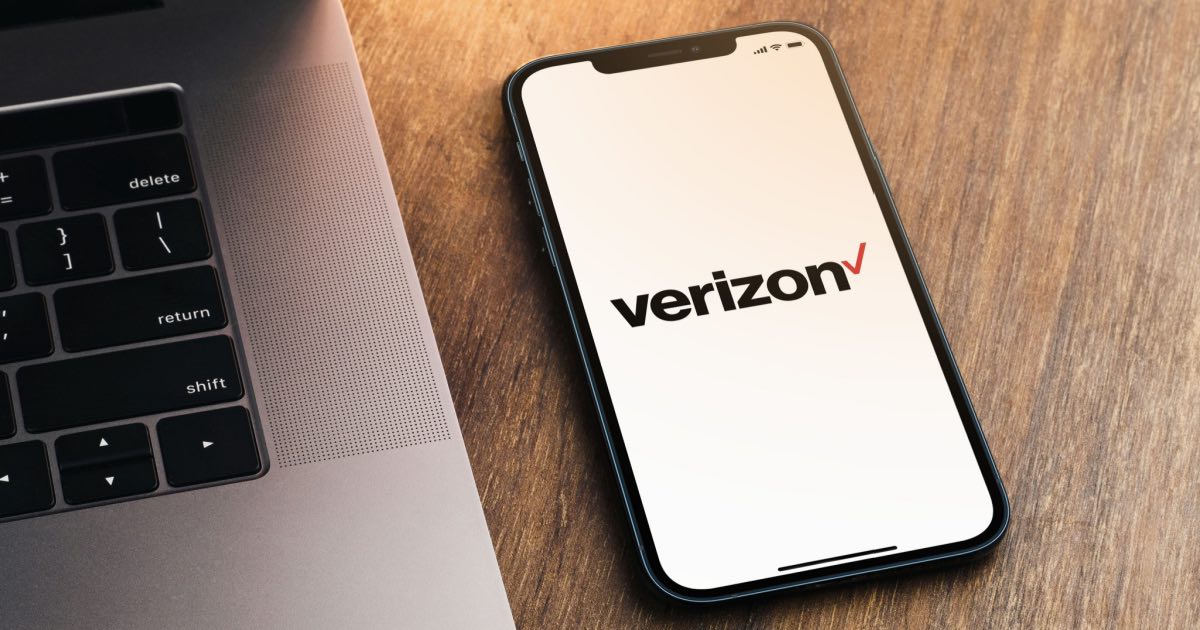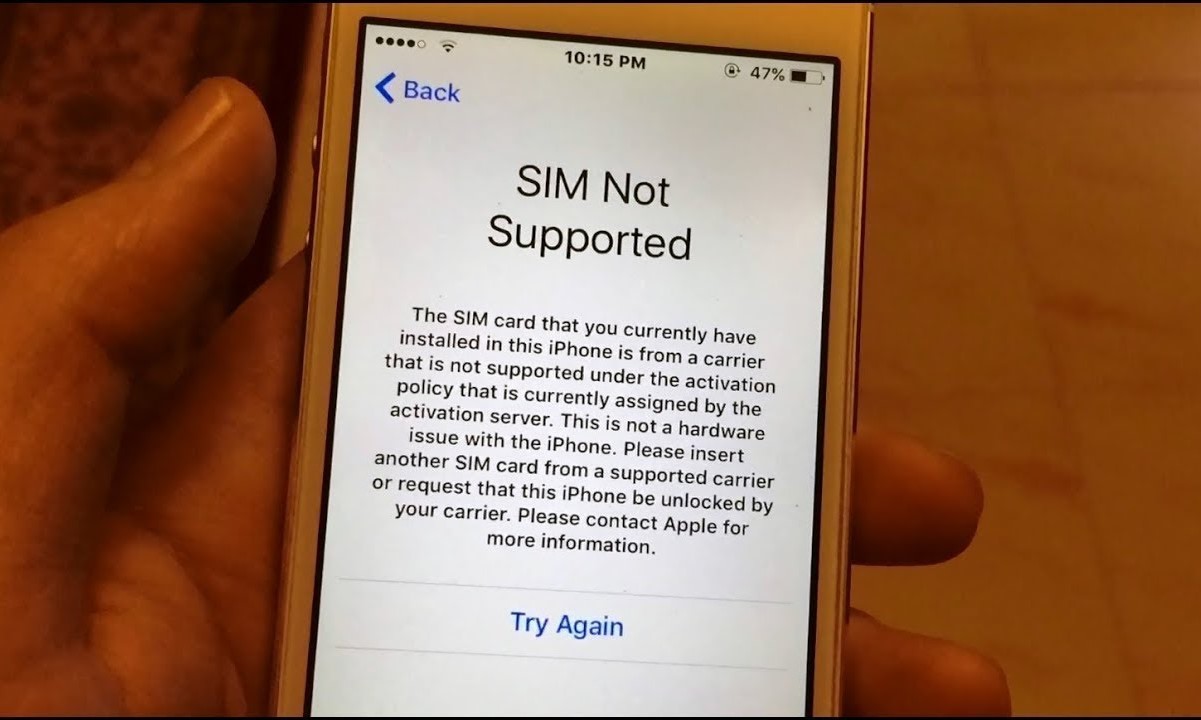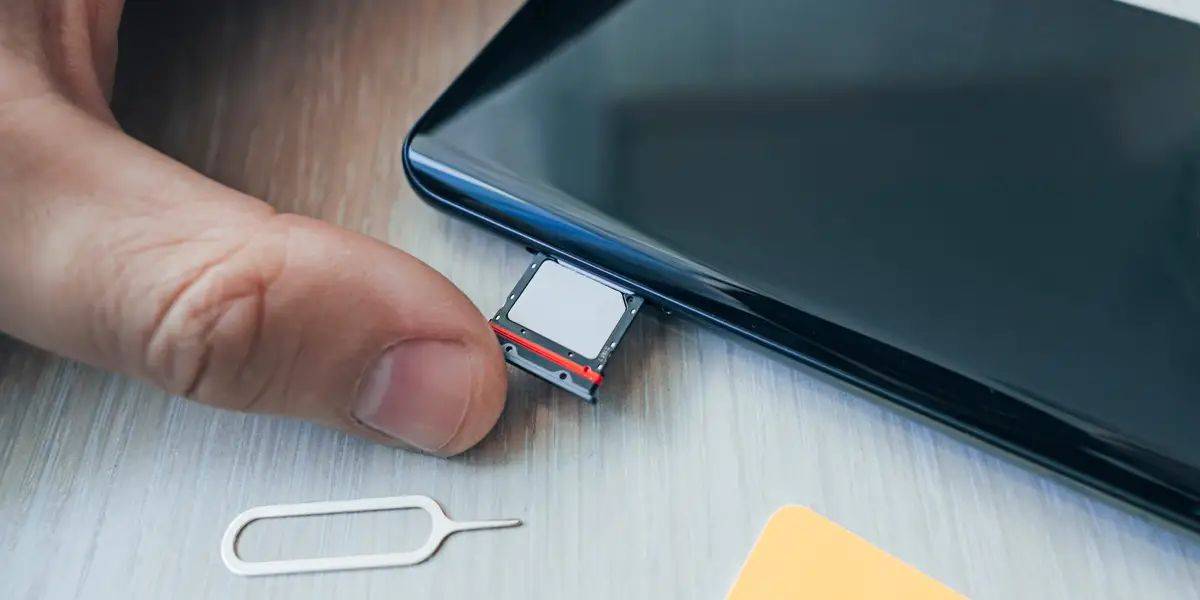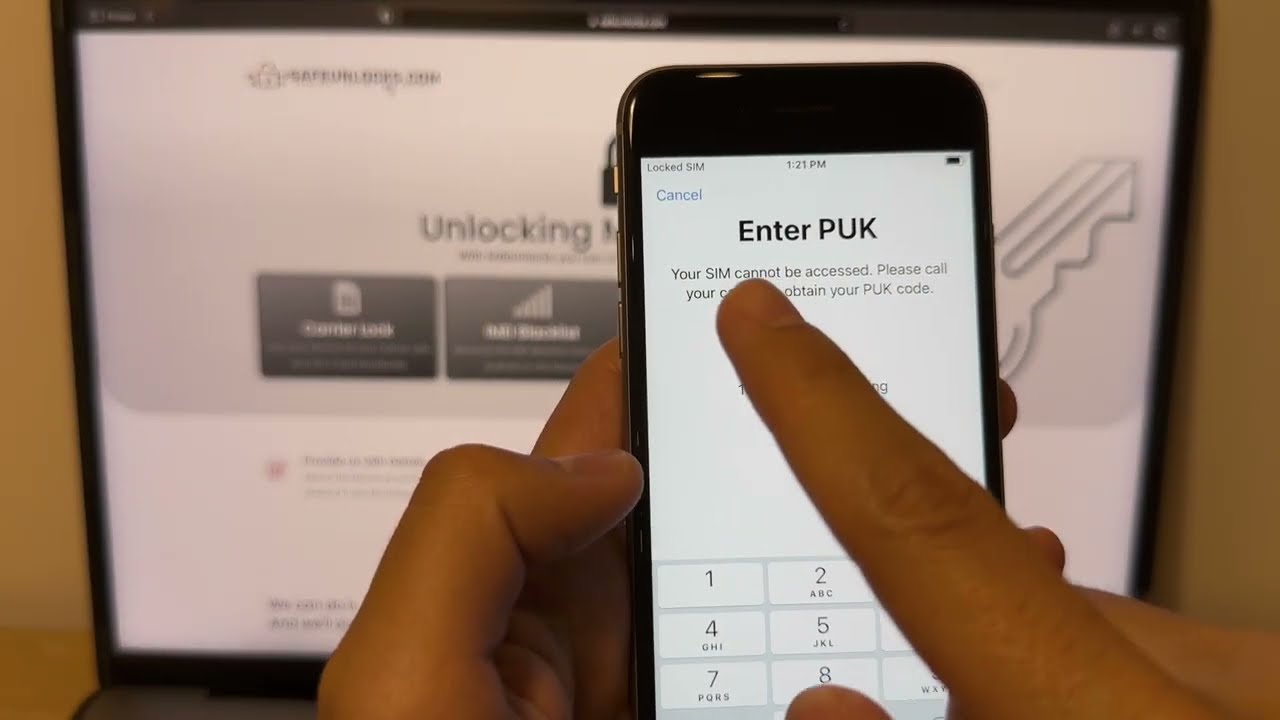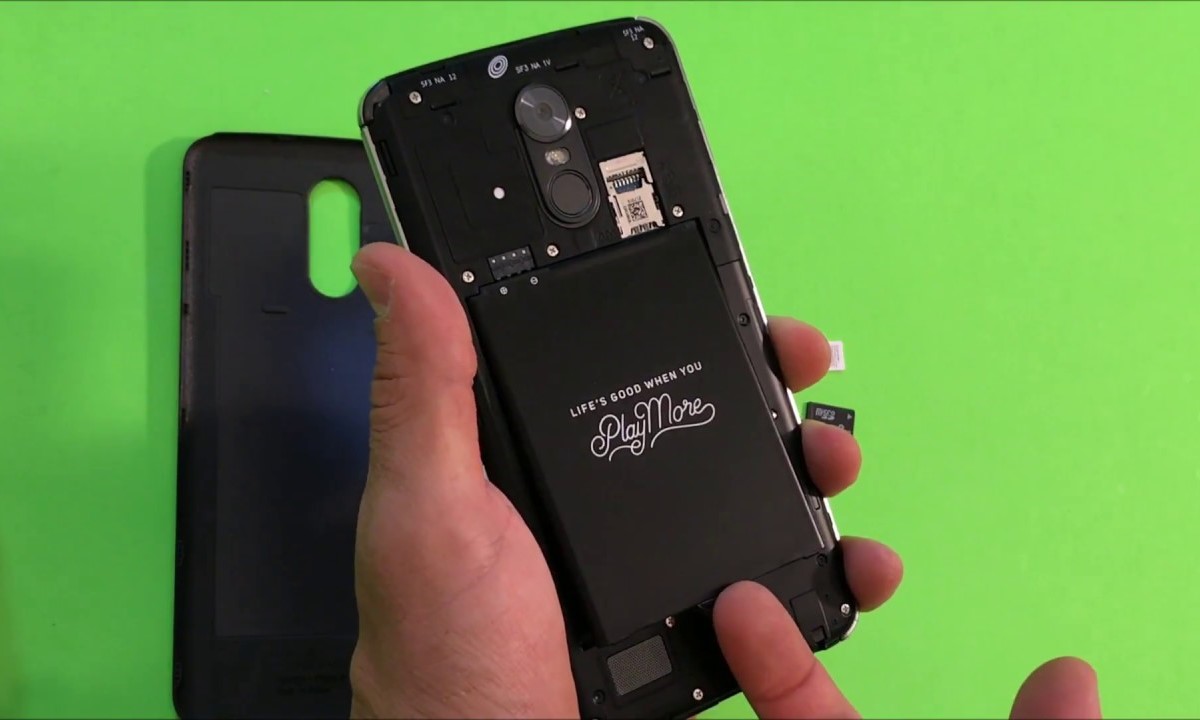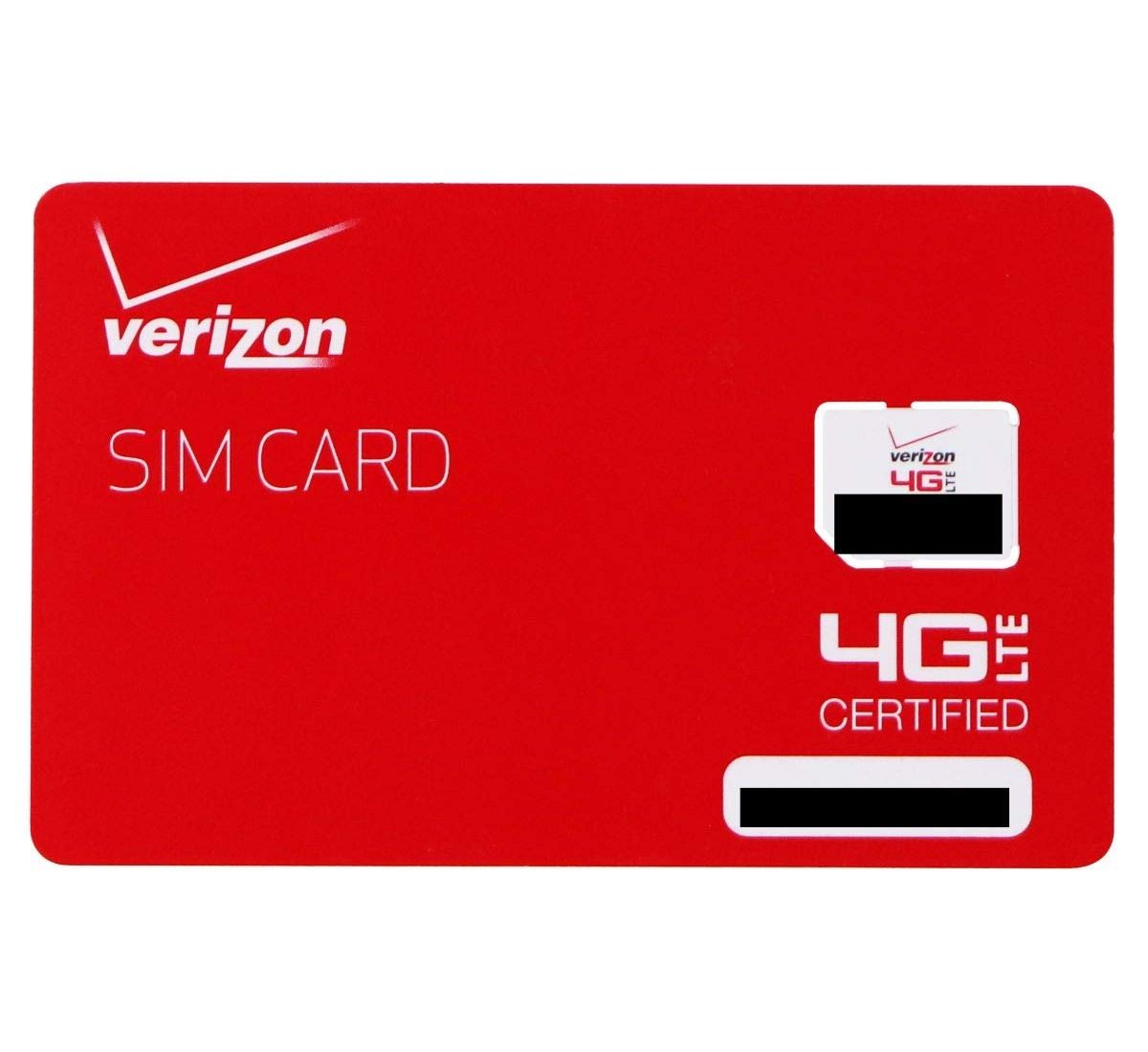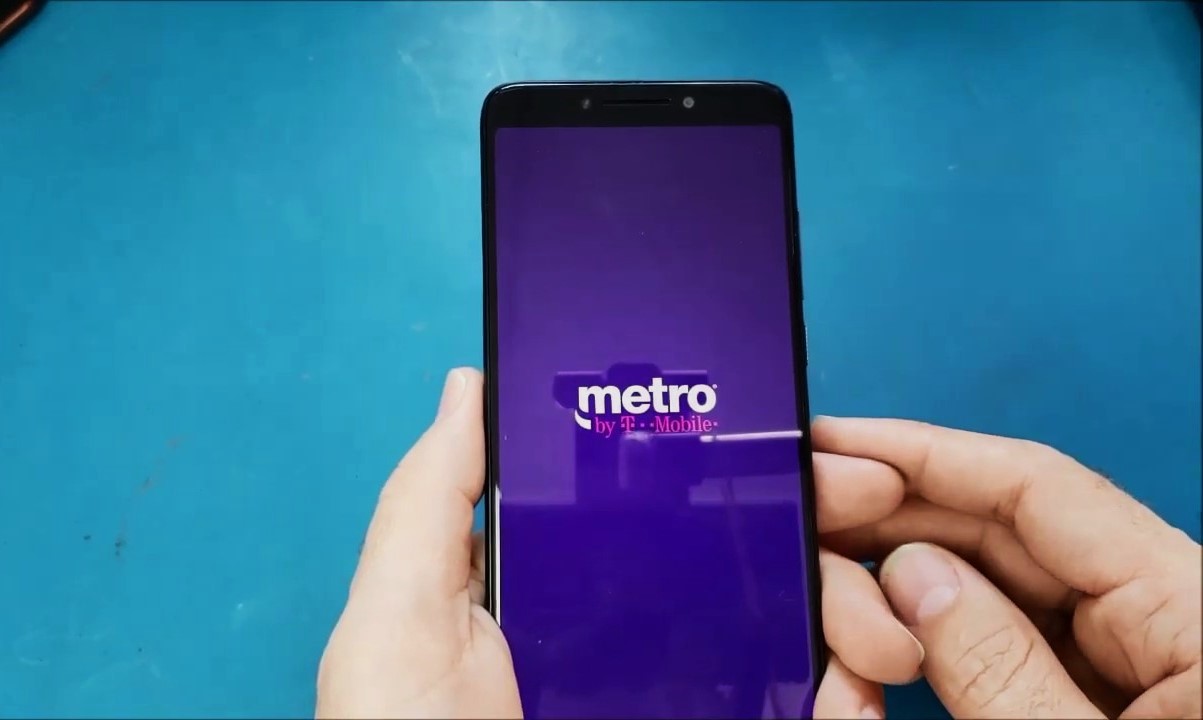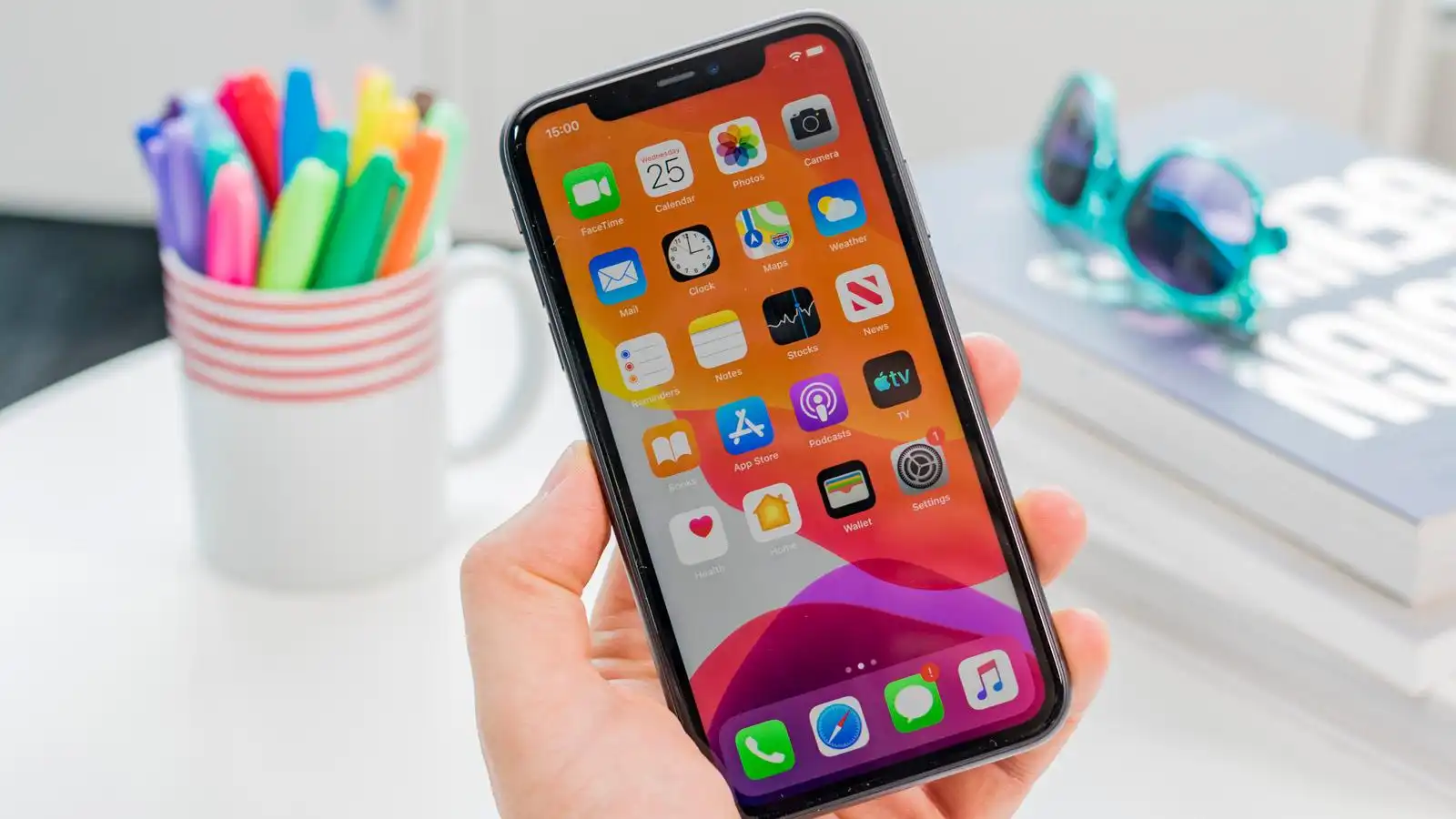What is a Locked SIM Card?
A locked SIM card is a mobile device component that is restricted to a specific network carrier, preventing it from being used with other carriers' networks. When a SIM card is locked, it means that it can only be used with the network provider that originally issued it. This restriction is commonly implemented by mobile network operators to ensure that customers fulfill their contractual obligations, such as paying off the device or completing a set period of service before switching to a different carrier.
Locked SIM cards are often associated with subsidized or discounted mobile devices that are sold by network carriers. In such cases, the carrier locks the SIM card to their network to protect their investment in the device. This practice also serves as an incentive for customers to remain with the carrier for the duration of their contract.
It's important to note that the locking of a SIM card is distinct from the locking of a mobile device itself. While a locked device is restricted from being used with any SIM card other than the one provided by the original carrier, a locked SIM card can only be used with the specific carrier's network, regardless of the device it's inserted into.
In essence, a locked SIM card is akin to a digital key that grants access to a specific cellular network. This limitation can impact users who wish to switch to a different carrier, travel internationally, or use a temporary SIM card while retaining their original phone number.
Understanding the concept of a locked SIM card is crucial for mobile device users, as it directly influences their ability to switch carriers, use international SIM cards, and take full advantage of the flexibility offered by modern mobile technology.
Signs That Your SIM Card is Locked
If you suspect that your SIM card may be locked to a specific network, several signs can help confirm this limitation. Understanding these indications can empower you to take the necessary steps to address the issue and regain the flexibility to use your mobile device with different carriers. Here are the key signs that your SIM card is locked:
1. Inability to Connect to Other Networks
When attempting to use your mobile device with a SIM card from a different network carrier, you may encounter an error message or a lack of network connectivity. This can manifest as an inability to make calls, send text messages, or access mobile data. If your device consistently fails to connect to alternative networks, it could be a sign that your SIM card is locked to a specific carrier.
2. Network-Specific Activation Prompts
Upon inserting a new SIM card into your device, you may receive prompts to activate the card with the original carrier's network. These activation messages typically request specific codes or credentials that are unique to the original network provider. If your device consistently prompts for network-specific activation, it suggests that the SIM card is locked to that particular carrier.
3. Restricted Access to Network Settings
In some cases, a locked SIM card may limit your ability to modify network settings or manually select a different carrier's network. When accessing the network settings on your device, you may find that certain options are grayed out or unavailable, preventing you from choosing an alternative network provider. This restriction is a common indication that your SIM card is locked to a specific network.
4. Lack of Compatibility with International SIM Cards
When traveling abroad and attempting to use a local SIM card in your device, you may encounter difficulties in establishing a connection. If your device fails to recognize or connect to international SIM cards, it could be an indication that your original SIM card is locked to your home network, limiting its compatibility with other carriers' cards.
5. Carrier-Specific Branding or Messages
In some instances, a locked SIM card may display the branding or proprietary messages of the original network carrier when the device is powered on or during network-related activities. This branding serves as a visual cue that the SIM card is tailored to the specific carrier's network and may not be compatible with others.
By recognizing these signs, you can effectively assess whether your SIM card is locked to a specific network. If you encounter multiple indications outlined above, it's likely that your SIM card is indeed locked, prompting the need to explore unlocking options to expand your device's network compatibility.
How to Check if Your SIM Card is Locked
Checking if your SIM card is locked involves a few straightforward methods that can provide valuable insights into its network compatibility. By following these steps, you can determine whether your SIM card is restricted to a specific carrier and take appropriate measures to address any limitations. Here's how to check if your SIM card is locked:
1. Test with a Different SIM Card
One of the most effective ways to assess the status of your SIM card is to insert a SIM card from a different network carrier into your device. If the new SIM card functions seamlessly, allowing you to make calls, send messages, and access mobile data without encountering any activation prompts or connectivity issues, it indicates that your original SIM card may be unlocked. On the other hand, if the device prompts for activation or fails to connect to the network with the alternative SIM card, it suggests that your original SIM card is likely locked to a specific carrier.
2. Contact Your Network Carrier
Reach out to your current network carrier's customer support or visit their official website to inquire about the status of your SIM card. Network carriers often provide online tools or customer service representatives who can verify whether your SIM card is locked to their network. By providing your SIM card details and account information, you can receive confirmation regarding the locking status of your SIM card.
3. Check Network Settings
Navigate to the network settings on your mobile device and explore the available options for selecting network carriers. If you find that certain settings are restricted or unavailable, preventing you from manually choosing a different network, it suggests that your SIM card may be locked to a specific carrier. Additionally, if the device displays the name or branding of your current network carrier in the network settings, it further indicates that the SIM card is tailored to that specific network.
4. Use Online IMEI Checkers
IMEI (International Mobile Equipment Identity) checkers are online tools that can provide insights into the status of your mobile device, including its network compatibility. By entering your device's IMEI number into a reputable IMEI checker, you can receive details about the device's locking status and whether it is compatible with SIM cards from other carriers. While this method primarily focuses on the device's locking status, it can indirectly indicate whether the SIM card is also locked to a specific network.
By following these methods, you can effectively determine whether your SIM card is locked to a specific network carrier. This knowledge empowers you to make informed decisions regarding unlocking options and network compatibility, enabling you to maximize the flexibility and utility of your mobile device.
Unlocking Your SIM Card
Unlocking a SIM card involves the process of removing the network restrictions imposed on the card, thereby enabling it to be used with different network carriers. This capability provides users with the freedom to switch between carriers, use international SIM cards, and take advantage of diverse mobile plans and services. Unlocking a SIM card can significantly enhance the versatility and usability of a mobile device. Here's how you can proceed with unlocking your SIM card:
1. Contact Your Network Carrier
The first step in unlocking your SIM card is to reach out to your current network carrier and inquire about the unlocking process. Many network operators offer official unlocking services for eligible devices and SIM cards. By contacting their customer support, you can obtain detailed information about the eligibility criteria, associated fees, and specific steps required to initiate the unlocking process. It's important to provide accurate details about your device and account to facilitate a smooth unlocking experience.
2. Verify Eligibility
Before proceeding with the unlocking process, it's essential to verify the eligibility of your device and SIM card. Network carriers typically have specific requirements and conditions that must be met before a SIM card can be unlocked. These criteria may include completing the minimum contract period, settling outstanding financial obligations, and ensuring that the device is not reported as lost or stolen. By confirming your eligibility, you can streamline the unlocking process and avoid unnecessary delays or complications.
3. Obtain an Unlock Code or Request Unlocking Assistance
Once your eligibility is confirmed, your network carrier may provide an unlock code that is unique to your SIM card. This code is essential for removing the network restrictions and enabling the SIM card to function with other carriers. Alternatively, some carriers offer remote unlocking assistance, where they initiate the unlocking process through their systems, eliminating the need for manual input of unlock codes. Follow the carrier's instructions carefully to obtain the necessary unlock code or request remote unlocking assistance.
4. Enter the Unlock Code
If you receive an unlock code from your network carrier, insert a SIM card from a different carrier into your device. Upon powering on the device, you will be prompted to enter the unlock code. Input the provided code accurately, following any specific instructions provided by the carrier. Once the unlock code is successfully entered, your SIM card will be unlocked, allowing it to establish connections with various network carriers.
5. Test with Alternative SIM Cards
After unlocking your SIM card, test its functionality by inserting SIM cards from different network carriers into your device. Verify that the device can establish network connections, make calls, send messages, and access mobile data without encountering any activation prompts or connectivity issues. This testing process ensures that your SIM card is successfully unlocked and capable of seamless operation with diverse network providers.
By following these steps, you can effectively unlock your SIM card and expand the network compatibility of your mobile device. Unlocking your SIM card empowers you to embrace the flexibility offered by modern mobile technology, enabling you to choose from a wide range of mobile plans, enjoy international travel without connectivity limitations, and seamlessly transition between network carriers as per your preferences and requirements.
Conclusion
In conclusion, identifying and addressing the status of a locked SIM card is essential for mobile device users seeking flexibility and freedom in their network connectivity. By recognizing the signs of a locked SIM card and understanding the methods to check its status, individuals can take proactive steps to unlock their SIM cards and expand their network compatibility.
The signs of a locked SIM card, including connectivity limitations, network-specific activation prompts, restricted network settings, and compatibility issues with international SIM cards, serve as valuable indicators for users to assess the status of their SIM cards. These signs prompt users to explore the unlocking process, enabling them to transcend the limitations imposed by network restrictions.
The methods for checking the status of a SIM card, such as testing with a different SIM card, contacting the network carrier, examining network settings, and utilizing online IMEI checkers, empower users to gain insights into the locking status of their SIM cards. This knowledge equips them to make informed decisions regarding unlocking options and network compatibility, ensuring that their mobile devices align with their connectivity needs and preferences.
Unlocking a SIM card involves engaging with the network carrier, verifying eligibility, obtaining an unlock code or requesting unlocking assistance, and testing the unlocked SIM card with alternative carriers. This process grants users the freedom to seamlessly switch between network providers, use international SIM cards during travel, and explore diverse mobile plans and services without encountering network restrictions.
By unlocking their SIM cards, users can fully embrace the dynamic landscape of mobile connectivity, enabling them to leverage the best offerings from various network carriers and enjoy uninterrupted connectivity across different regions and countries. This newfound flexibility empowers users to tailor their mobile experience according to their evolving needs, whether it involves exploring new mobile plans, embracing international travel, or adapting to changing network preferences.
In essence, understanding the implications of a locked SIM card and navigating the unlocking process enables mobile device users to unlock the full potential of their devices, fostering a seamless and adaptable approach to network connectivity. This journey toward unlocking network restrictions reflects the evolving nature of mobile technology, where users are empowered to shape their connectivity experiences in alignment with their individual lifestyles and preferences.







